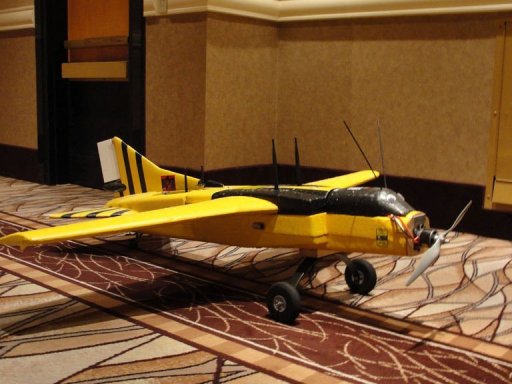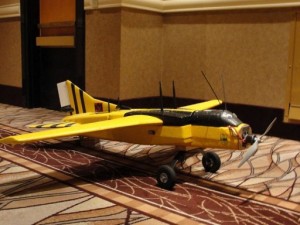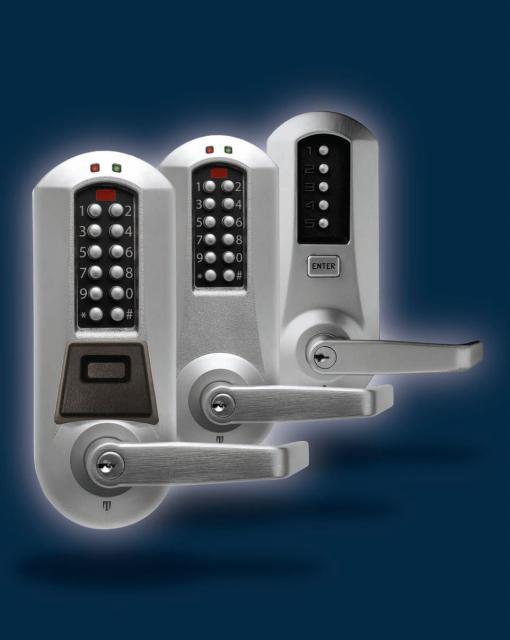OpenAI has launched GPT 5.2, a major model upgrade now available in both the API and ChatGPT. It is described as the company’s most…
Hacker drone launches airborne cyber attacks

Computer security specialists showed off a homemade drone aircraft Friday capable of launching airborne cyber attacks, hijacking mobile phone calls, or even delivering a dirty bomb.
Rich Perkins and Mike Tassey built the bright yellow Wireless Arial Surveillance Platform in a garage from a used US Army target drone that they customized to find mobile phones and Internet hotspots.
 “It will fly a plotted course and return to base,” Perkins said while showing the WASP to AFP at a DefCon hackers gathering in Las Vegas.
“It will fly a plotted course and return to base,” Perkins said while showing the WASP to AFP at a DefCon hackers gathering in Las Vegas.
“We loaded it up with the ability to attack Wi-Fi, Bluetooth, and GSM cellular networks.”
WASP can grab packets of data being sent over the air on wireless networks, or use unsecured hot spots as gateways through which cyber attacks can be launched on computer systems.
The drone can grab GMS mobile phone identification numbers that can then be used to bill outgoing calls. It can also let hackers impersonate cell phone towers and eavesdrop on people’s calls.
Second-hand drones such as that used for WASP can be bought online for about $150.
The rest of the parts were purchased by mail-order for a total tab reaching $6,200, not counting the tremendous number of hours spent working on the project started in 2009.
Perkins said the 14-pound (six-kilogram) drone was built to put the computer security industry on notice that the components are available for such “do-it-youself” creations, which could be used for good or evil.
WASP could find mobile phones in disaster areas, potentially leading rescuers to survivors. It could also fly over a disaster zone to act as a mobile phone tower enabling calls.
On the evil side, WASP could help slip into a company’s computer networks through unsecured wireless networks set up in cafeterias or other spots for the convenience of customers and employees.
The modified drone could also identify key executives by their mobile telephones and then track their movements to look for data-stealing opportunities, such as working on a laptop connected wirelessly to the Internet at a cafe.
“I can take the various pieces of your digital life — Bluetooth headset, cell phone, Wi-Fi — and find the least secure place you exist and attack you there,” Perkins said of WASP.
Such a drone could also carry a small payload, opening up the potential for smugglers to use it or to serve as a targeted biological or nuclear weapon in a terror attack, its creators warned.
“I really fear a policy reaction that stifles research,” Perkins said.
“Let’s look at how to protect from the bad guys doing the same thing without telling us,” he urged.
Perkins and Tassey displayed their creation to security industry professionals here for a major Black Hat conference this week before taking it to DefCon, the world’s largest hacker gathering that kicked off Friday.
Authorities wouldn’t permit WASP to fly over populated areas such as Las Vegas, but video taken from the drone during a flight over a rural area in the United States was posted online at rabbit-hole.org.
– AFP
L-R: Computer security specialists Mike Tassey and Rich Perkins check the inner workings of their homemade drone


